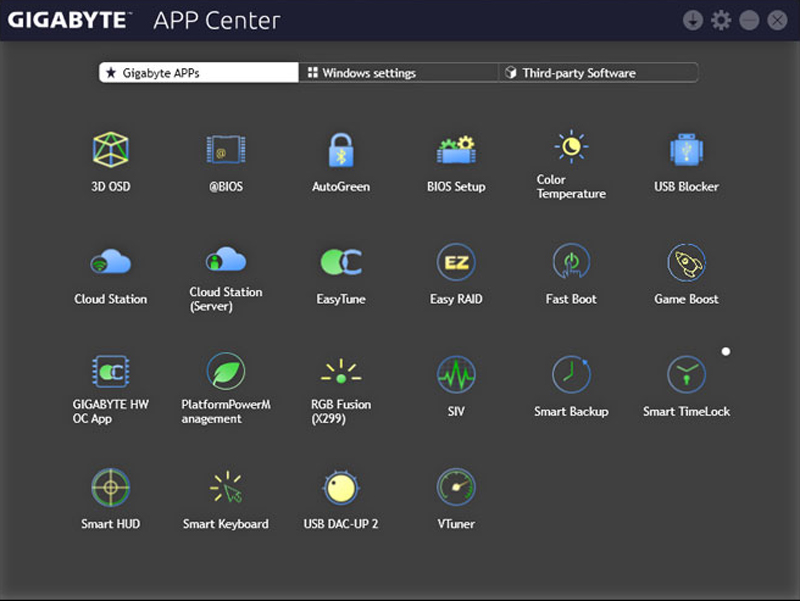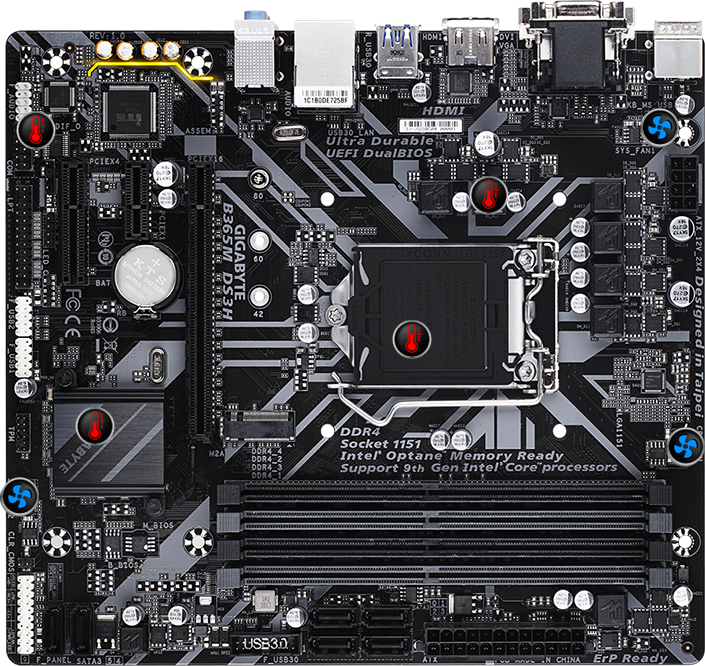
, then recheck to ensure all changes remain.Ħ. Legacy USB Support > Disable (some new motherboards have problems with this and thumbdrives)ĥ. Chipset SATA Port 0/1/2/3 (SATA3 0, 1, 2, 3 Connectors) Check to see if your SSD is recognized. Other PCI Device ROM Priority > Disabled (I believe this allows a mixture of UEFI & Legacy – Default is UEFI and you have a legacy GPU)

Storage Boot Option Control > UEFI Only (Disabled should allow a mixture of UEFI & legacy - try this for now) This means you have to convert to GPTį. VGA Support > Auto (I think this is only for CPUs with integrated graphics, but keep it AUTO for now)Į. SATA Support > All Sata Devices (requires fast boot enabled – Try for now)ĭ. Fast Boot enabled, but ultrafast boot disabled.Ĭ. I recommend making these changes in BIOS Advanced Mode (BIOS and CHIPSET Tabs):ī.

#GIGABYTE B360M DS3H FIRST TIME STARTUP DRIVERS#
Is your goal to eventually have RAID? If it is, then you would have to add drivers during pre-install of Windows 10.
#GIGABYTE B360M DS3H FIRST TIME STARTUP INSTALL#
I read where you tried to install RAID drivers. If no, you will need to reestablish F32, then go to F50, then go to #3.ģ. If no, did you establish BIOS F32 before going to a higher BIOS? If you did then go to #3. You have BIOS F50, did the mobo come with that BIOS? If yes, go to #3. When you installed your old Boot SSD, did Windows Disk Management sees the new SSD? Or if your old computer still operates, can you connect your new SSD to it and see if Windows Disk Management sees it? If it does, then we are certain it is not an SSD problem.Ģ. Before jumping ahead to the thumbdrive, we should probably clarify some things here:ġ.


 0 kommentar(er)
0 kommentar(er)
